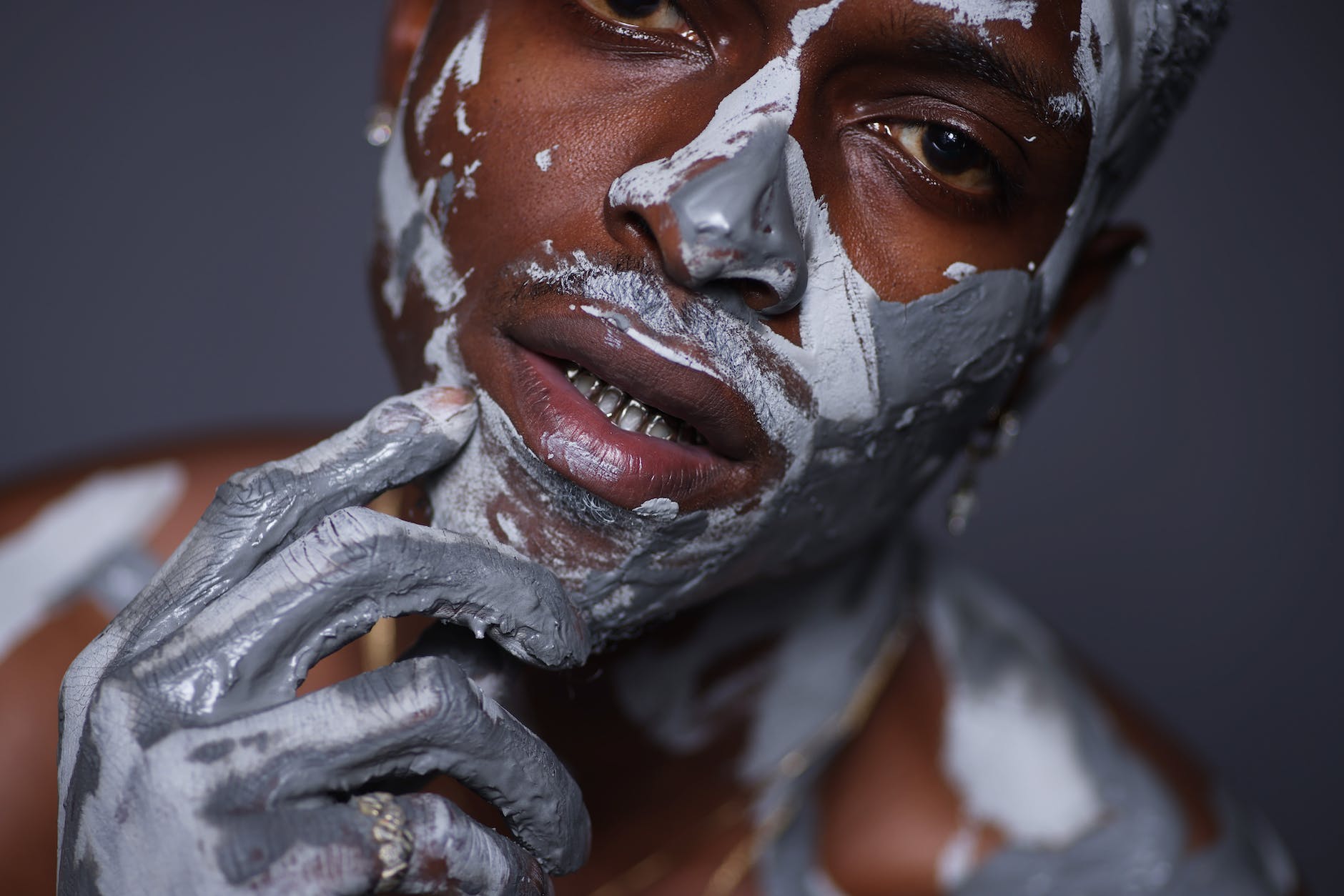The world of psychedelic art is a colorful, mysterious, and awe-inspiring realm that captures the imagination and stimulates the senses. This unique type of art is typically characterized by its vivid colors, intricate patterns, and exploration of consciousness and spiritual themes. Some of the most well-known psychedelic artists include Alex Grey, Android Jones, Martina Hoffman, Chris Dyer, and Robert Venosa. Each of these artists brings their own unique style and vision to their work, contributing to a diverse and ever-expanding field of artistry.
At the forefront of modern psychedelic art is Alex Grey, an American artist whose intricate and spiritual paintings often depict human figures overlaid with intricate patterns of energy. Grey’s work has been featured on album covers for popular bands like Tool and The String Cheese Incident, as well as being showcased in galleries and museums across the country. His art is not only visually stunning, but also seeks to express deep insights about the nature of consciousness, spirituality, and human existence. As Grey himself states in an interview with Waking Times, “Art can be a spiritual practice.”(source)
Android Jones, a digital artist known for his elaborate, otherworldly images, is another key figure in the world of psychedelic art. Jones describes his work as “Electro-Mineralism,” a term that reflects both the digital nature of his medium and the organic, elemental themes he explores. His art often features complex, kaleidoscopic patterns, as well as fantastical creatures and landscapes, capturing an almost dreamlike quality. Through his work, Jones seeks to connect with viewers on a deeply emotional and spiritual level. As he explained in an interview with Beautiful Bizarre Magazine, “My goal is to try and create a piece of art that can provide some value, inspiration, activation or transformation.”(source)
German-born artist Martina Hoffman is known for her highly detailed and symbolic paintings that often explore themes of female spirituality, shamanism, and the sacred nature of plant medicines. Her art has been exhibited around the world and is widely recognized for its exceptional quality and powerful, evocative imagery. Hoffman’s work is deeply influenced by her own spiritual experiences, as well as her background in fine art and graphic design. Through her paintings, she weaves together a vivid tapestry of mythology, spirituality, and the unconscious mind. “My art is about the eternal search for truth and questions all things given,” Hoffman explains.(source)
Canadian artist Chris Dyer is another prominent figure in the realm of psychedelic art. With a background in graffiti and street art, his unique style often incorporates bright colors, bold patterns, and intricate linework. Dyer’s work is heavily influenced by his Peruvian heritage, spirituality, and the psychedelic experience. His art aims to uplift and inspire, exploring themes of personal growth, love, and unity. As Dyer himself states in an interview with Dope Magazine, “My vision is to create a better world by creating positive, beautiful, educational art that inspires people to be better and more connected with each other.”(source)
Lastly, the late artist Robert Venosa was a widely revered figure in the psychedelic art world, known for his visionary paintings of fantastical realms, celestial beings, and sacred geometric patterns. Venosa’s work was heavily inspired by his spiritual experiences and the study of various world religions. His art was characterized by its exceptional detail, luminous colors, and profound sense of mystery and wonder. Venosa’s paintings have been exhibited internationally and continue to captivate audiences with their otherworldly beauty and evocative symbolism.(source)
As this exploration of visionary creativity illustrates, psychedelic art is a diverse genre that spans a vast range of styles, themes, and techniques. These artists tap into the realms of the unconscious, the spiritual, and the psychedelic to create visually stunning and emotionally resonant works of art that engage and inspire viewers from all walks of life. The influence of their creativity can be seen not only in the world of fine art, but also in music, fashion, and the broader countercultural movement. In a world that is often characterized by disconnection and strife, the visionary power of psychedelic art serves as a reminder of the transcendent beauty and unity that underlies our shared human experience.





